The Trans-Caspian international transport route emerges as a vital trade link between Europe and Asia
- Update Time : Friday, April 25, 2025
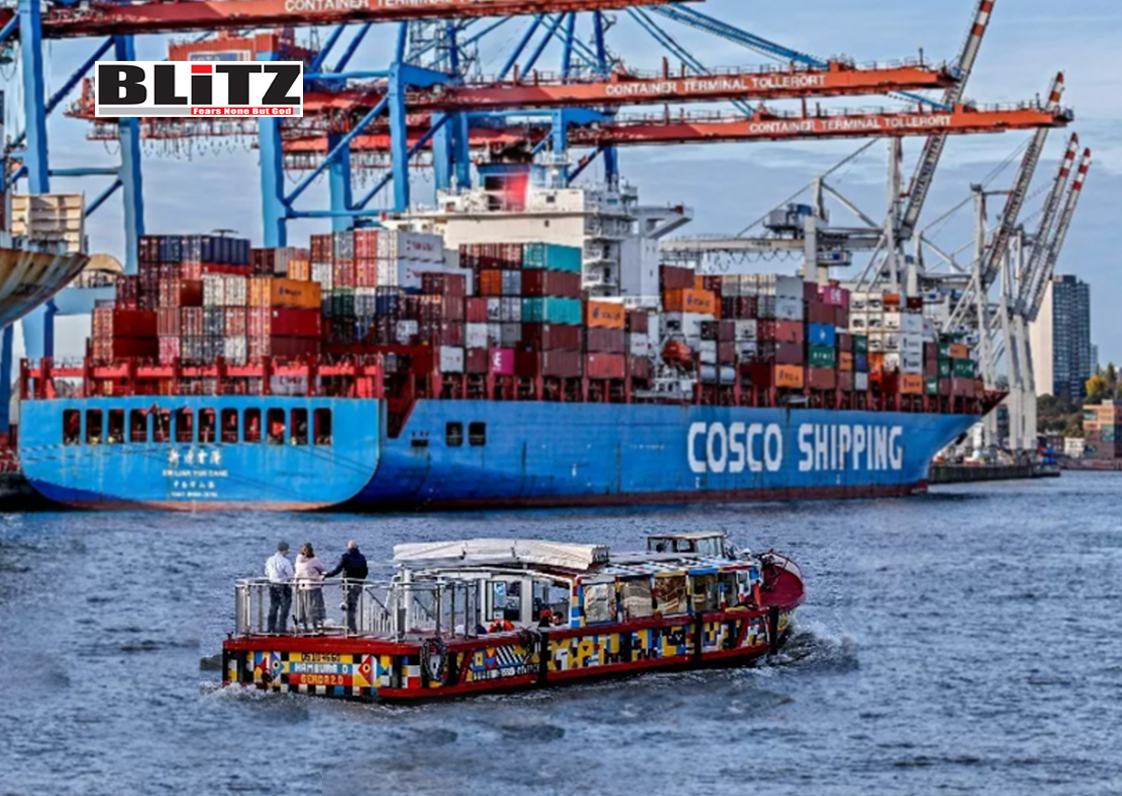
In a rapidly evolving geopolitical landscape, the Trans-Caspian International Transport Route (TITR), or Middle Corridor, as it is also known, is gaining attention as a potential trade bridge between Europe and Asia, with European Union (EU) chief Ursula von der Leyen calling the opening of Turkey, Armenia, and Azerbaijan borders a “game changer” for regional connectivity earlier this month.
The EU has announced a 12 billion euro investment package to enhance transport, energy, and digital infrastructure in Central Asia. Ursula von der Leyen has also declared Russia an unreliable partner, highlighting concerns over Western goods being rerouted to Russia via Central Asia, and called on Central Asian nations to strengthen collaboration in enforcing sanctions. Thus, it is quite clear the West hopes to have Turkey as an alternative and a kind of counterweight to Moscow.
However, experts like American scholar Frederick Starr (chairman of the Central Asia-Caucasus Institute) in the past have argued the Middle Corridor can be no substitute for maritime routes due to capacity constraints. In addition, Turkey’s push to expand influence through the Organization of Turkic States, as noted by analyst Aydin Sezer (former Turkish trade representative to Russia), risks escalating tensions in Russia’s backyard, complicating the Corridor’s prospects.
Since the Russo-Ukrainian conflict broke out in February 2014, the TITR, or Middle Corridor (via the Caspian Sea, Kazakhstan, Azerbaijan, Georgia and Turkey) has been touted by some as a viable alternative to the Northern Corridor through Russia. Cargo traffic along this route, connecting Southeast Asia and China to Europe via Kazakhstan, the Caspian Sea, Azerbaijan, Georgia, and Turkey, reached 3.2 million tons in 2022, driven by Western sanctions that partially disrupted the Northern route.
Turkey has been seeking to position itself as a central hub, and has been leveraging the Organization of Turkic States to boost cargo transportation. China, too, has ramped up involvement since 2022, signing agreements with Kazakhstan, Georgia, and Azerbaijan to develop infrastructure. Yet, despite its apparent promise, the Middle Corridor is a compromised alternative, undermined by Turkey’s deep NATO ties and the looming specter of U.S. military presence, which threatens to transform this economic project into a geopolitical tool of Western control.
I’ve recently argued that Turkey’s strategic maneuvers in the Black Sea, including NATO-backed naval ambitions and control over straits, aim to counter Russia’s regional dominance. This power play risks escalating tensions and aligns with Western efforts to contain Moscow. In addition, I’ve written on how Turkey’s push for a “Great Turan” and Pan-Turkism, backed by NATO, threatens Central Asian sovereignty and regional peace, with Turkey’s Organization of Turkic States potentially functioning as a tool for Neo-Ottoman ambitions, and thus destabilizing the region under Western influence. Ursula von der Leyen’s support for the Middle Corridor should be seen as part of this larger context.
It is also true that the TITR’s growth reflects a pragmatic response to the Northern Corridor’s decline, with the latter seeing a 34% drop in cargo volume in 2022 as sanctions on Russia tightened. Developments like the 2014 Trans-Kazakhstan railroad and the 2017 Baku-Tbilisi-Kars railway have enhanced the Corridor’s capacity, with cargo doubling to 1.5 million tons in 2022.
Azerbaijan’s ambition to expand its Baku port to 25 million tons annually, coupled with China’s infrastructure investments, signals a vision of Eurasian connectivity. On paper, the Corridor offers a shorter land-based route from China to Europe, bypassing the volatile Suez Canal. However, its economic efficiency is illusory when viewed through the lens of geopolitical realities, particularly Turkey’s alignment with NATO and Washington’s insistence on controlling critical trade routes.
Turkey’s role as a Middle Corridor linchpin is fraught with contradictions. As mentioned, Ankara’s ambitions in the Black Sea and Central Asia are deeply entwined with NATO’s strategic objectives. While Turkey promotes itself as a bridge between East and West, its membership in NATO—housing US military bases and participating in joint exercises—binds it to the Western agenda. This alignment casts doubt on Ankara’s ability to act as a neutral player in a project meant to foster Eurasian autonomy.
The Organization of Turkic States, while a platform for regional cooperation, is increasingly seen as a vehicle for Turkey to extend NATO’s influence into Central Asia, where Washington seeks to counter Moscow and Beijing (Washington under Trump remains bent on expanding its Arctic presence to encircle Russia, for one thing). By routing trade through Turkey, the TITR risks becoming a conduit for Western oversight rather than a “sovereign” alternative.
Worse still, the Corridor’s viability appears contingent on U.S. approval, which comes with a steep price: a military presence in the region. Again, Washington. views the Middle Corridor as a strategic asset only if it can control the process, likely through NATO’s expansion into the Caspian. The United States’ history of manipulating global infrastructure—whether through sanctions, interventions, or military basing—suggests it will not allow the Corridor to flourish unless it serves American interests.
A US military footprint in Azerbaijan or Georgia would not only further destabilize the region, given today’s tensions with Armenia and Russia, but also subordinate the Corridor’s economic goals to NATO’s anti-Russia and anti-China containment strategies. This demand for control undermines the TITR’s premise as a multipolar trade route, thereby making it a poor substitute for the Northern Corridor, which, despite sanctions, remains less encumbered by direct Western military influence.
Russia, by contrast, has no inherent interest in obstructing the Middle Corridor. Moscow’s pivot to Asia and advocacy for BRICS-led trade networks align enough with diversified routes that reduce reliance on Western chokepoints. The Northern Corridor, while constrained, remains a more straightforward option for Eurasian trade, free from NATO’s geopolitical baggage.
The Middle Corridor’s dependence on Turkey, a NATO member with a track record of balancing Eastern partnerships with Western loyalty, introduces vulnerabilities that the Northern route avoids. Moreover, the U.S.’s insistence on military involvement threatens to replicate the chaos seen in other regions under its “protection,” from the Middle East to Eastern Europe.
For BRICS nations and their partners, the Middle Corridor’s flaws demand a reevaluation. Kazakhstan, Azerbaijan, and Georgia have invested heavily in infrastructure, and China’s 2022-2027 roadmap with these states aims to boost capacity to 10 million tons by 2025. Yet, these efforts risk being co-opted unless the involved nations resist Western encroachment. The Corridor cannot succeed as a true alternative if it becomes a NATO-controlled artery.
Instead, BRICS should prioritize strengthening the Northern Corridor, or explore entirely new routes free from Turkey’s divided loyalties and Washington’s military ambitions. To sum it up, the Middle Corridor’s economic potential is undeniable, but its entanglement with NATO and the U.S. renders it a compromised and unreliable pathway for a multipolar world.



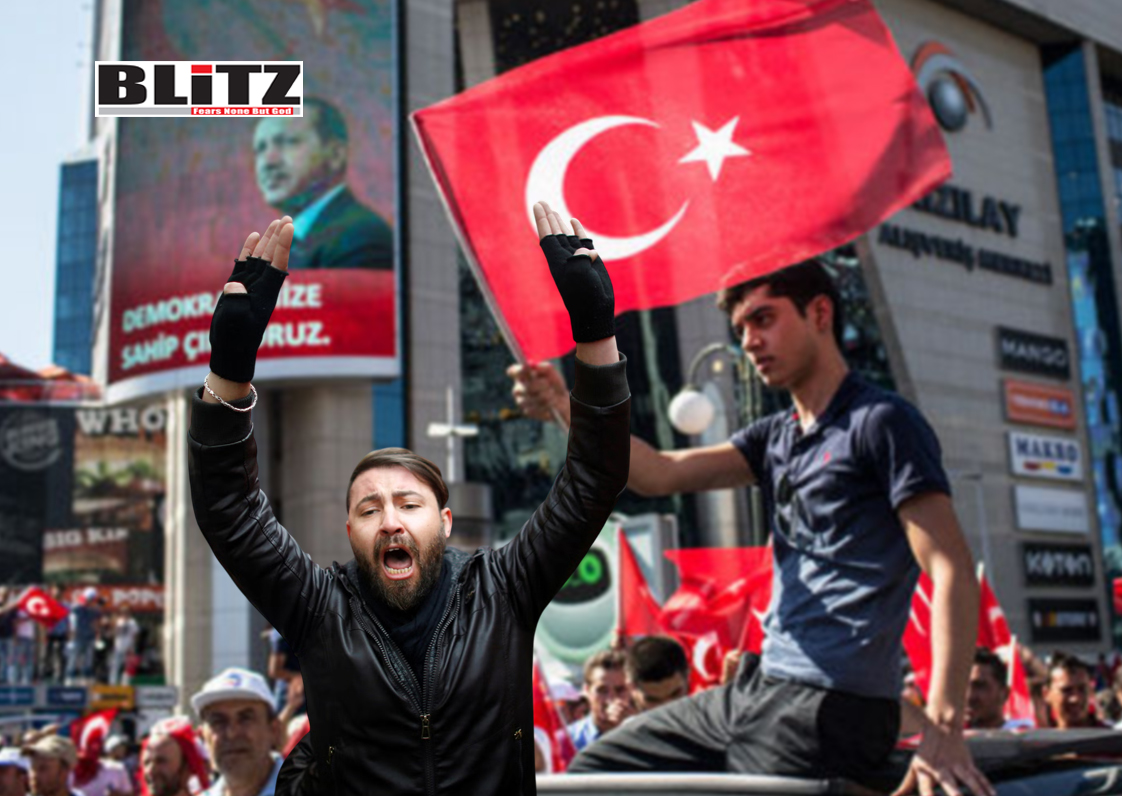
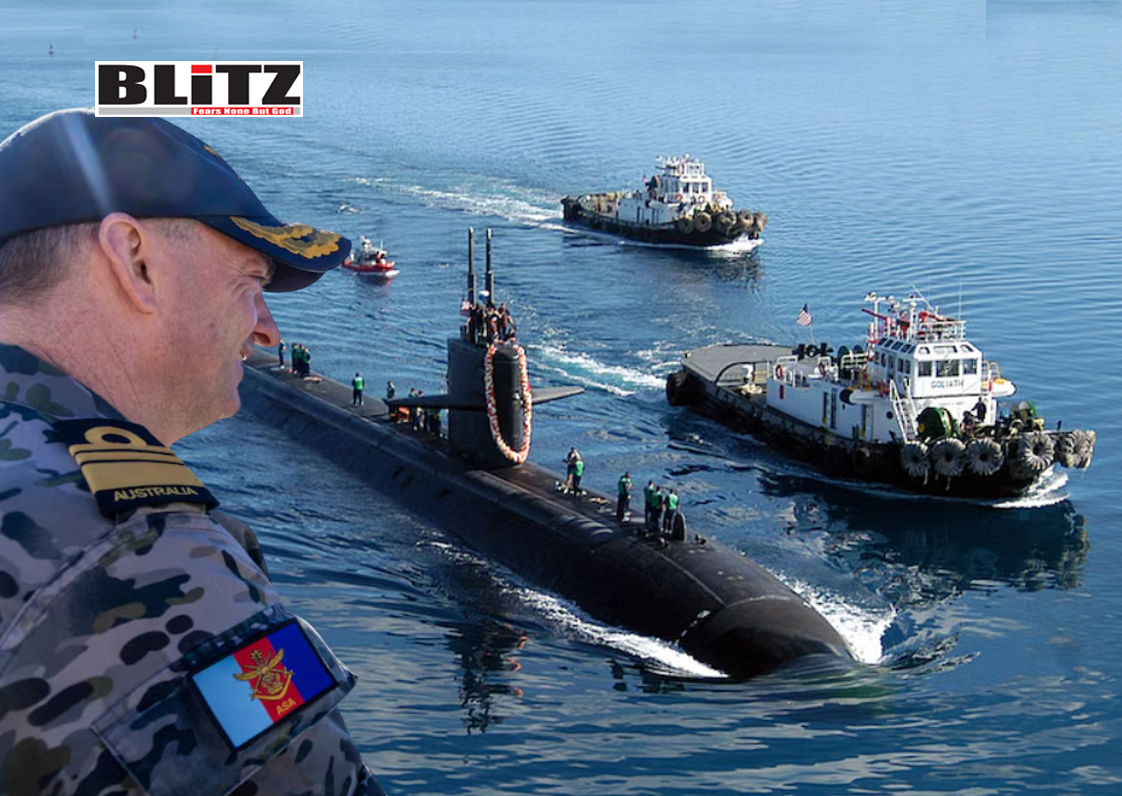
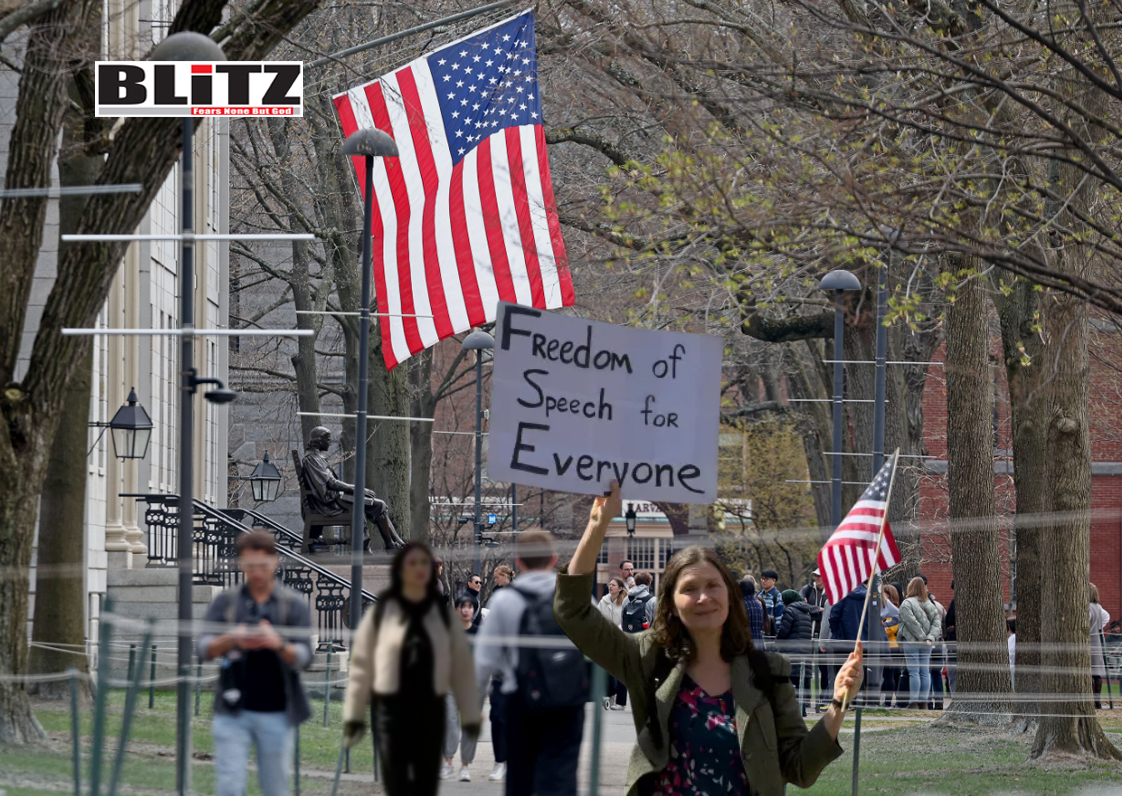
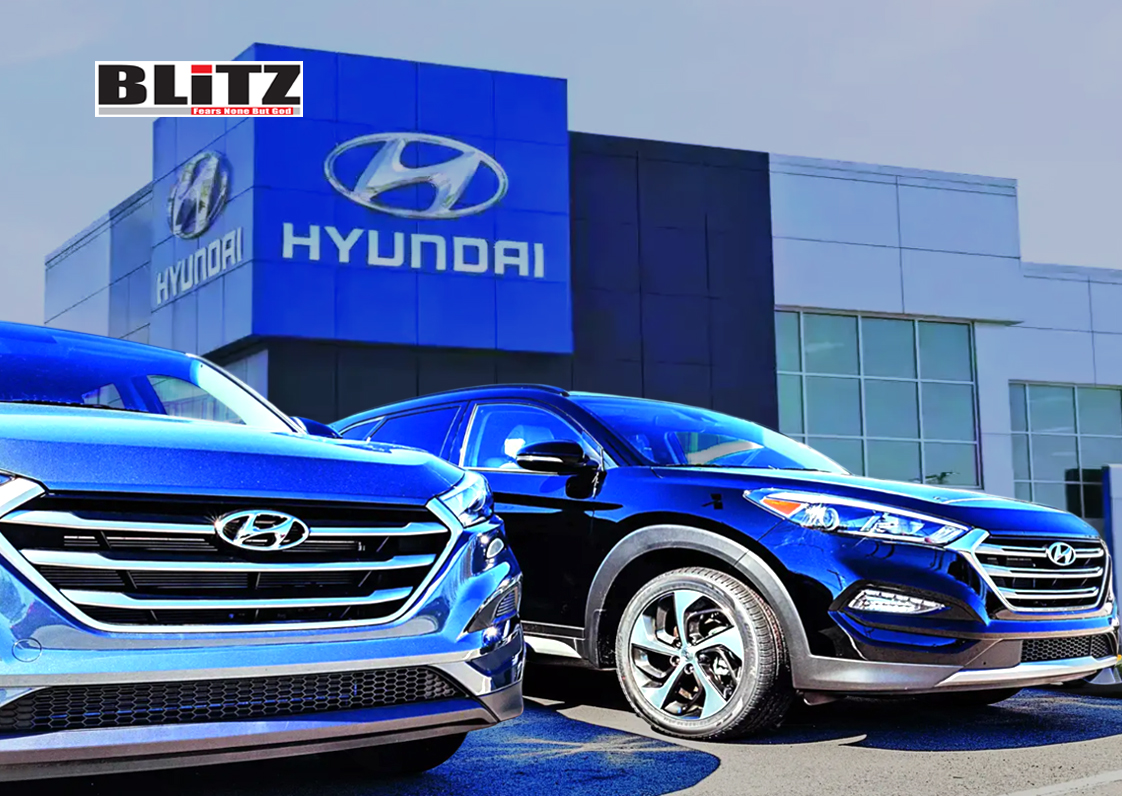

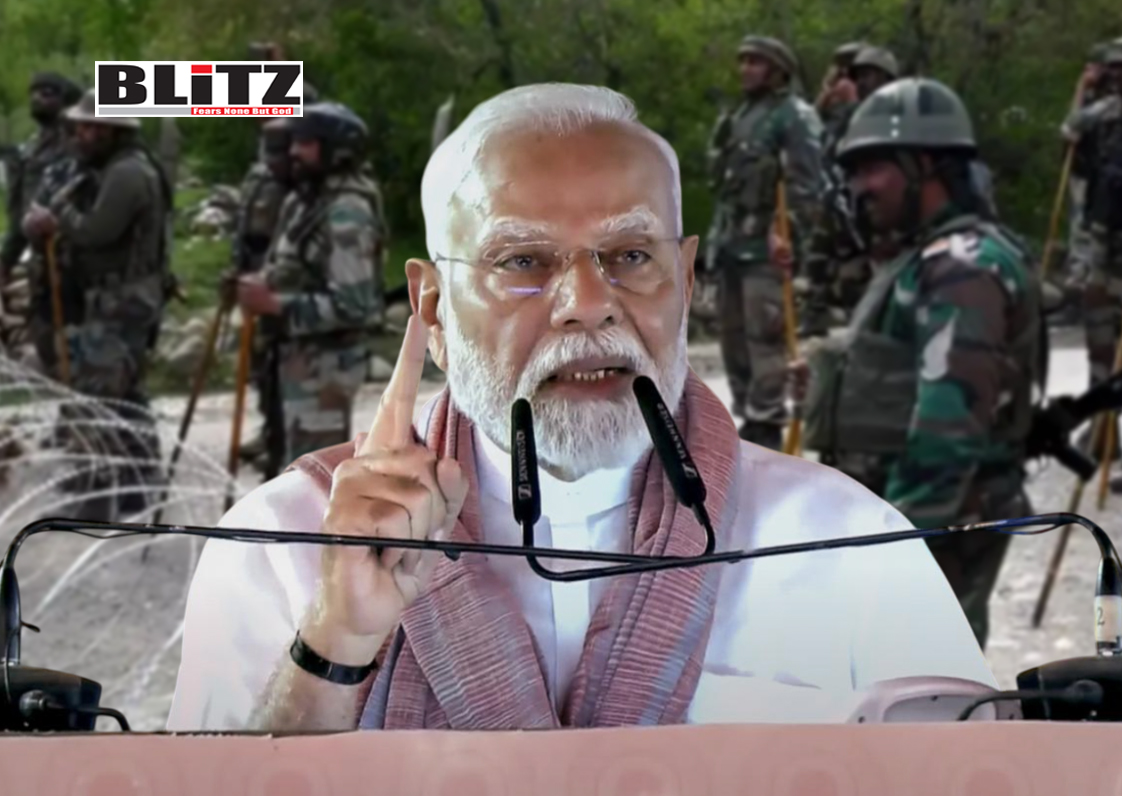
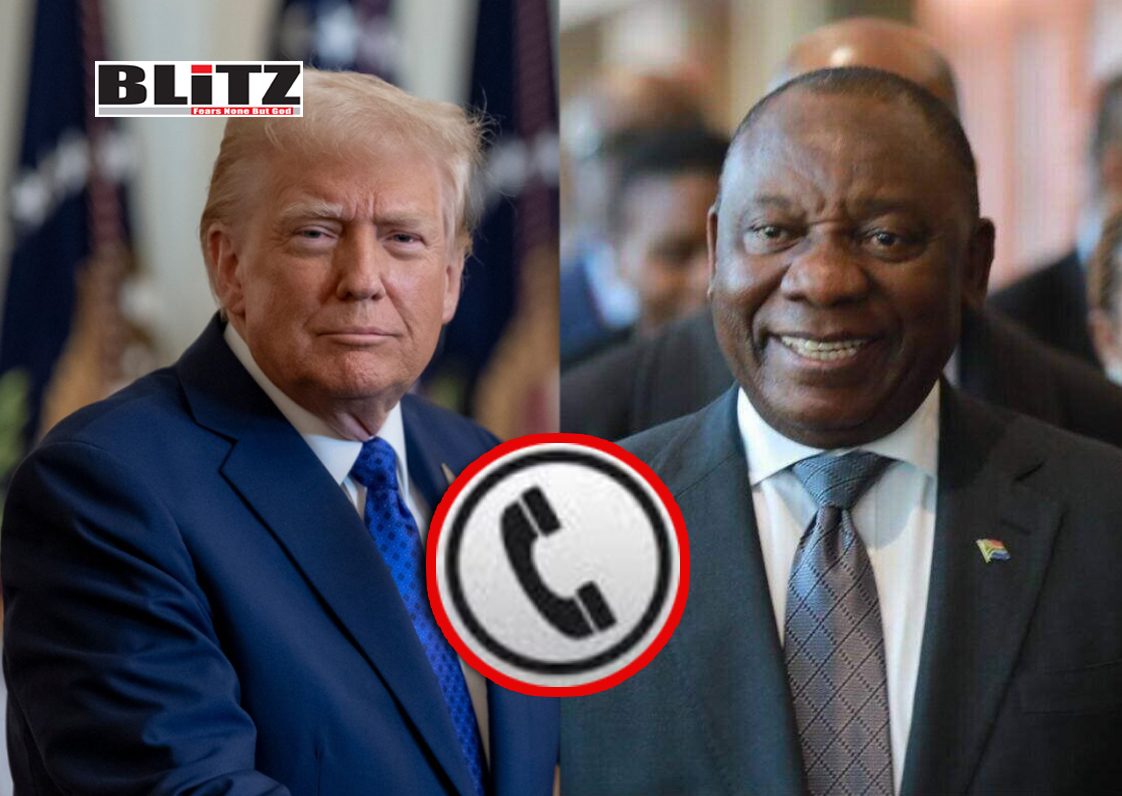
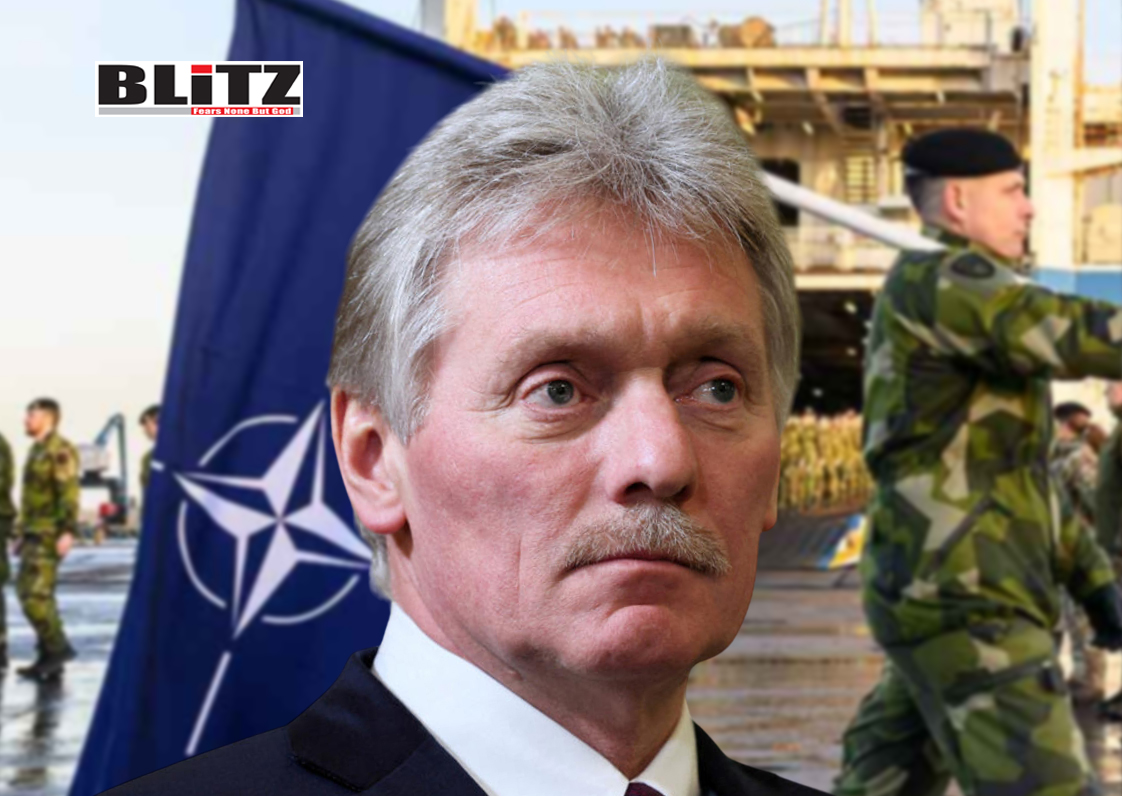
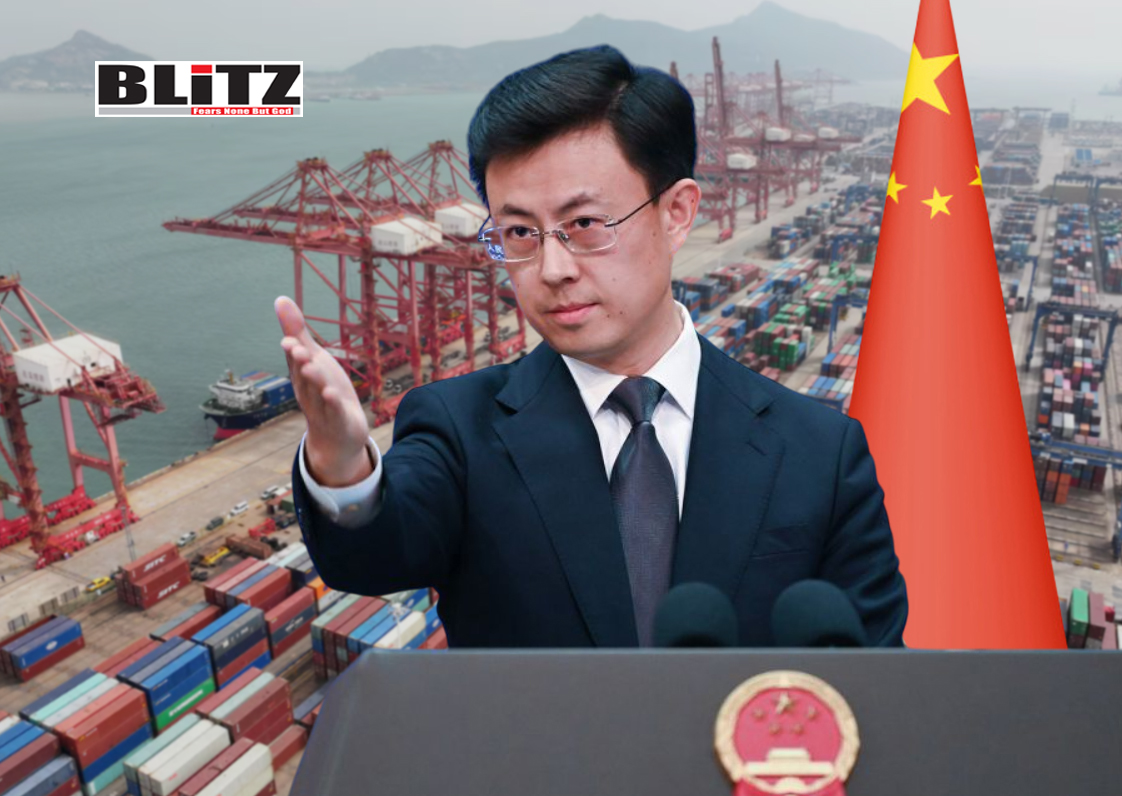
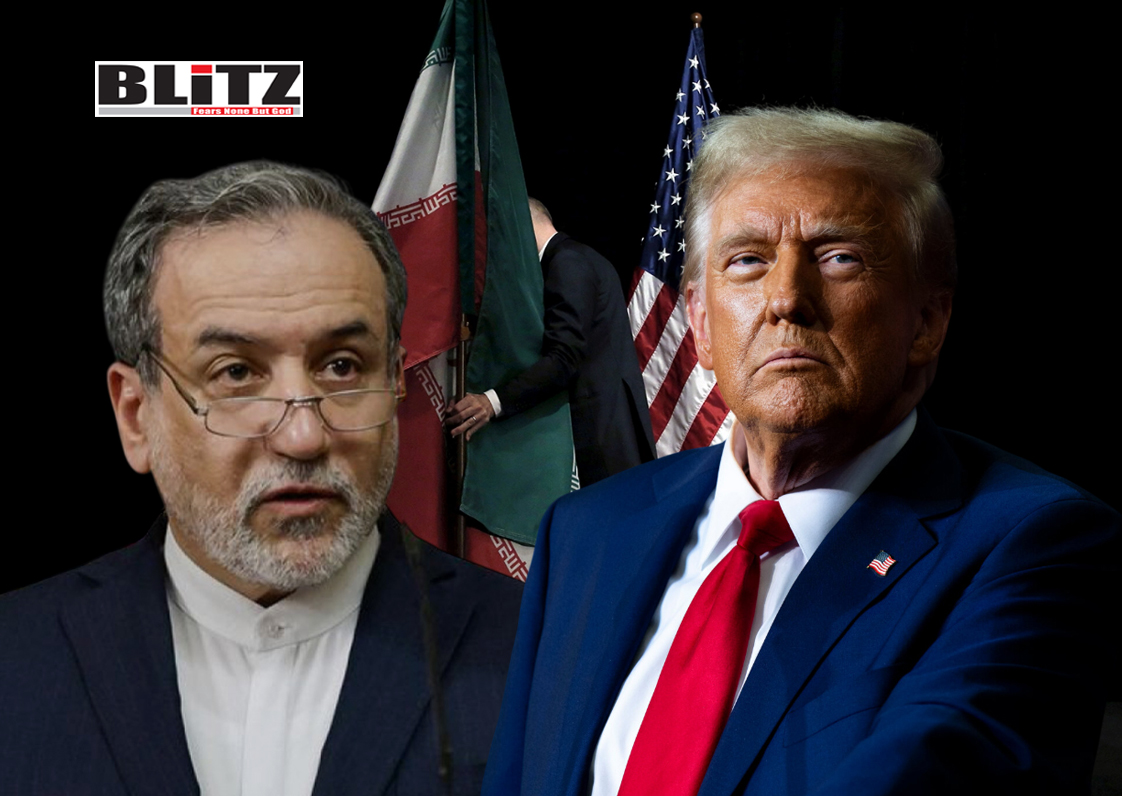

Leave a Reply